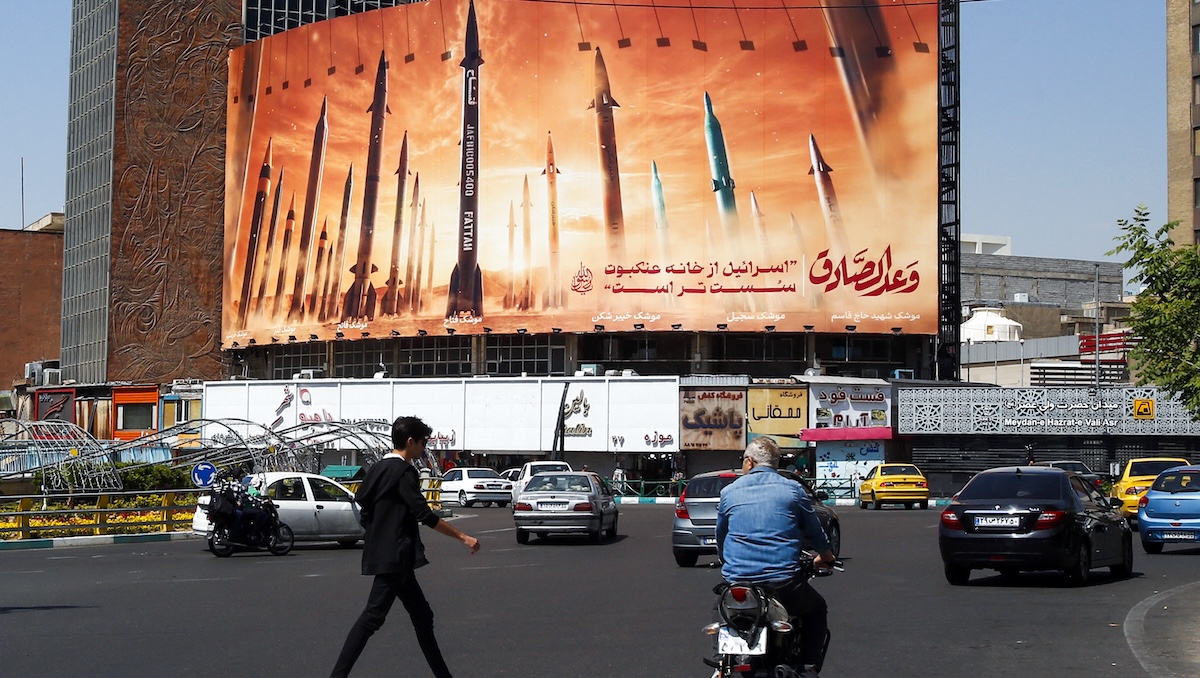Replicating the Hollywood Sign on the other side of the mountain, creating an aerial tram and developing a shuttle service up Beachwood Canyon are among the recommendations made by a consulting firm Wednesday to improve safety, traffic and tourist access to the Tinseltown landmark.
Dixon Resources Unlimited, a transportation consulting firm, conducted a comprehensive analysis on how to enhance the visitor experience at the Hollywood Sign, and to address problems created in the surrounding neighborhoods by the thousands of visitors who flock to the area each year.
Councilman David Ryu, who represents the area, also introduced a City Council motion that would instruct various departments to study each strategy presented by Dixon Resources. Ryu said he has not taken any positions on the recommendations in the study.
"Resolving issues of safety, traffic and responsible tourist and hiking access to our city's most popular park and most famous icon have been a priority since the day I entered office," Ryu said. "I am very pleased to finally have this report after months of study by Dixon Unlimited."
The study's 29 recommendations include smaller proposals, such as additional bathrooms and sidewalk improvements, alongside larger ones, including the replication of the sign on another side of the mountain, the creation of an aerial tram, and an alternative access plan at the Beachwood Drive gate that was closed last year as the result of a lawsuit.
"The Hollywood Sign and Griffith Park are being loved to death," Ryu said. "This is a world-renowned icon, and possibly the only one without proper access to it. It's like having the Statue of Liberty without a visitor's center, viewing platform, or even a sign telling you how to get to it. It is unsustainable and unsafe. I look forward to looking at the specifics of the feasibility of these strategies."
The sign was originally built in 1923 to read "Hollywoodland" to advertise a local real estate development, and the idea of replicating it on the north side of the mountain or the San Fernando Valley side -- which the study suggests as a way to curb traffic and visitors in the area -- will likely be met with some opposition, the authors note.
News
Top news of the day
"One downside of this strategy is that it would take away from the history of the original Hollywood Sign and Hollywoodland. For educational and historical purposes, it may make the most sense to maintain only the original sign. An additional sign is proposed as a strategy to consider because of its potential to improve safety and reduce neighborhood congestion," the report says.
The study notes that many residential neighborhoods get clogged by visitors seeking an ideal vantage point to view the sign, and an aerial tram to a choice location could encourage visitors to avoid the residential neighborhoods. It suggests several possible locations as the starting point for the tram, including the L.A. Zoo in Griffith Park.
The study also connects the tram to another of its suggestions -- creating a Hollywood Sign Visitor Center that could be located near the tram and would help inform visitors about safe and convenient ways to view the landmark.
"Fixing traffic and mobility issues surrounding Griffith Park and the Hollywood Sign is incredibly important work," said Julie Dixon of Dixon Resources. "Our priority was to work with the community and the park to develop a balanced solution that provides access and addresses safety, and our goal was to explore every possible route to find this solution."
The study also suggests a way to utilize the closed Beachwood gate to the popular Hollyridge Trail, which had provided access to one of the most direct ways to hike up to the sign.
The court-ordered closure stems from a legal battle over access to the Sunset Ranch Hollywood Stables on Beachwood Drive, which provides horseback rides in Griffith Park. The ranch operator sued the city in 2015 over the number of hikers using a 20-foot strip of land it owns, which is the only access point to its business.
The ranch had a longstanding legal agreement allowing hikers to use the land but complained the city was channeling too many hikers to the path.
The study notes that the city still maintains rights to the easement road north of the Beachwood gate, and that an electric shuttle could be used to transport visitors through the gate to the Hollyridge Trail without requiring any roadway or trail reconfigurations.
The study also suggests ways to improve parking and traffic flow in the area, expand public transit opportunities, enhance pedestrian safety, and improve emergency vehicle access
"The department looks forward to working with Councilmember Ryu on resolving neighborhood concerns related to traffic, access and mobility," said Michael Shull, general manager for Recreation and Parks. "This study provides tremendous opportunities to achieve these goals by focusing on community concerns and potential strategies to improve the park and surrounding neighborhoods."



